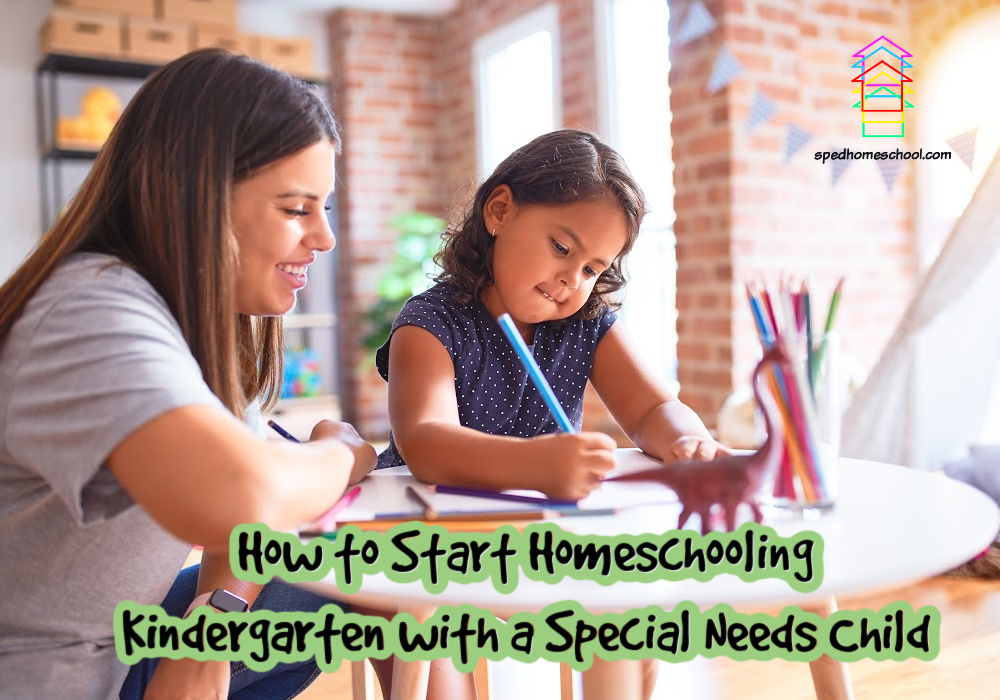
by Cheryl Swope from Simply Classical and Cheryl Swope Consulting
Parents may give little thought to a child’s early development when all is well, but parents of young children with special needs do not share in this luxury. When a child evidences aberrant development, delayed speech or language, or signs of difficulty in normal maturation, we must attend to this child. Some call it early intervention, but I call it an essential intervention. We cannot wait.
Support may take the form of professional therapies, improved nutrition, or medical specialists, but we can also do much for the child of early needs from the comfort, warmth, and security of our own homes. As we pursue needed care, we must always remember that the child is a human being with the customary need for love, respect, and moral order.
A more humane approach to early childhood special education comes from an understanding of the child’s inherent personhood. From conception onward, this little child before us is a human being, fearfully and wonderfully made. Knitted and formed by their Creator, their Savior also redeemed them. Far more than a presentation of measurable goals and finite objectives, they are given to us as a person to nurture and love for as long as they live.
Engaging Your Child as an Individual:
As we work on therapy goals and tend to physical needs, we must not neglect their humanity. Our earliest years are to be filled with people who love us, people who care enough to discipline us, people we trust, and people to love and respect in return. We are not to be placed in front of televisions, tablets, or phones as digital substitutes; rather, as little persons we are to be held and spoken to face-to-face by brother, sister, mom, dad, cousins, grandparents, neighbors and church friends. We are to hear stories, sing songs, and see beauty.
We are to be esteemed but not indulged. We are not to throw our toys and our food. We are not to scream or whine. We are to engage as we are engaged. When a toddler reaches out to share a soggy Cheerio, we can look them in the eye and say with appreciation, “Thank you.” We are taught and given the respect of good manners.
Engaging Your Child as a Family Member:
Some speculate that the dramatic rise in childhood disorders such as anxiety, adhd, oppositional defiant disorder, and autism is due in part to the proliferation of devices designed to addict, possess, and scatter a child’s mind as a substitute for human interaction, play, and quiet. Dehumanizing, fragmentation of a child from his family and from his own ability to play on his own will not serve him well.
What is a busy mom to do? We can engage the child by providing time to play with the family dog, a playmate, a neighbor, or as a mother’s helper. We can ask extended family, someone from church, or a college student to come over and play. This may or may not include implementing therapy exercises.
Example: As a young child my son, Michael, required physical therapy for low muscle tone and malformed legs. He could not perform the therapy exercises himself, but I found myself with decreasing time and patience to do them. My dad came over to help. Michael was to extend his little leg and push forward from the toes, downward, as someone held the foot to provide resistance. Rather than my bland counting, “Push, Michael: 1, 2, 3…,” Grandpa turned this into “Press the pedal to make the car go fast! Let’s go! Vrooooooom,” he grinned as Michael pushed the imaginary pedal forward, harder than ever. As my dad worked to strengthen Michael’s legs, Michael looked into my dad’s face and found warmth, acceptance, and encouragement to strive.
Engaging Your Child as a Cultural Citizen:
Our children need responding, engaging human faces. We honor our children’s personhood when we engage them with what is real. We let them hold or weigh real fruit at the grocery store, fold real socks together, and have real conversations – or see and hear others speaking directly to them if they cannot yet speak to us. We roll a ball back and forth or play “Follow the Leader” and let them become the leader. We teach saying or signing “please” and “thank you” with respect and humility. We teach them to look for ways to help.
By introducing carefully selected books to combine with simple lessons, we respect the young child, raise their tastes higher than they might naturally incline, and reward efforts with greater competence in cognition, communication, and understanding.
When we give our youngest children the therapies and medical care they need, let us also teach, nurture, and engage our children by knowing that their personhood grants them human needs: love, discipline, kindness, respect, gentleness, order, patience, joy, and kindness. Like all of us, our youngest children need the familiar faces of those who will be with them through the ups and downs, trials and resilience, sadness and joys of being the loved and respected persons they have been created to be.
Resources:
Based on abilities, not chronological age, each of our Simply Classical ready-to-implement packages is themed with simple ways to include piety, preparation, and play within the therapeutic context of building skills, strengthening minds, and learning to engage with others.
Level A: Readiness, Rhythm, & Rhyme
Level B: Essentials, Etiquette, & Ear Training
Level C: Animals, Alphabet, & Aesop
Cheryl Swope is the author of Simply Classical: A Beautiful Education for Any Child and creator of the curriculum voted #1 for Special Learners, the Simply Classical Curriculum for Special Needs (Memoria Press). With a master’s degree in special education, Cheryl homeschooled her adopted boy/girl twins from their earliest years through high school graduation. The family lives together in a quiet lake community in Missouri. For more articles like this, subscribe for free to the Simply Classical Journal, a print magazine arriving twice annually.



